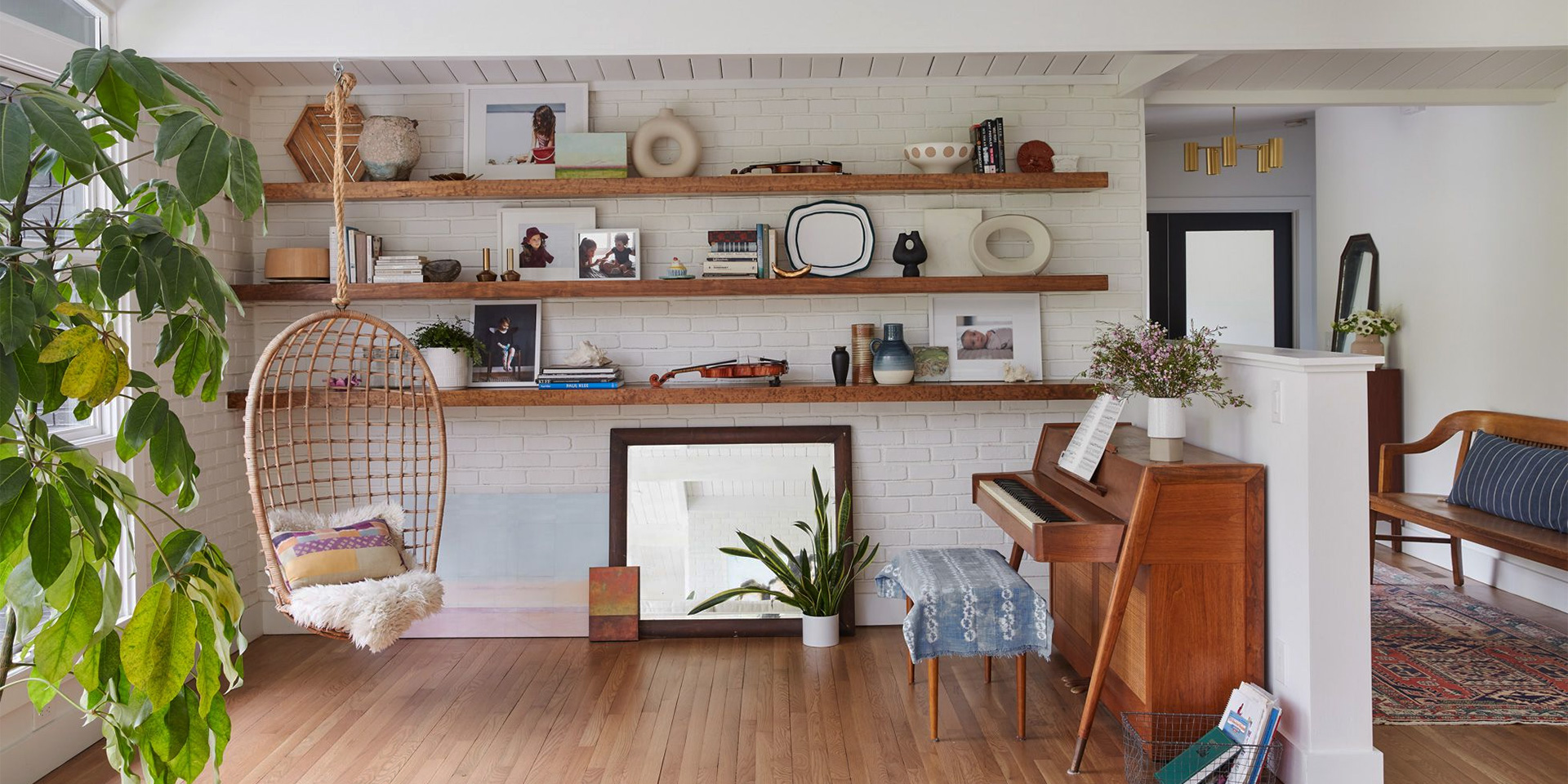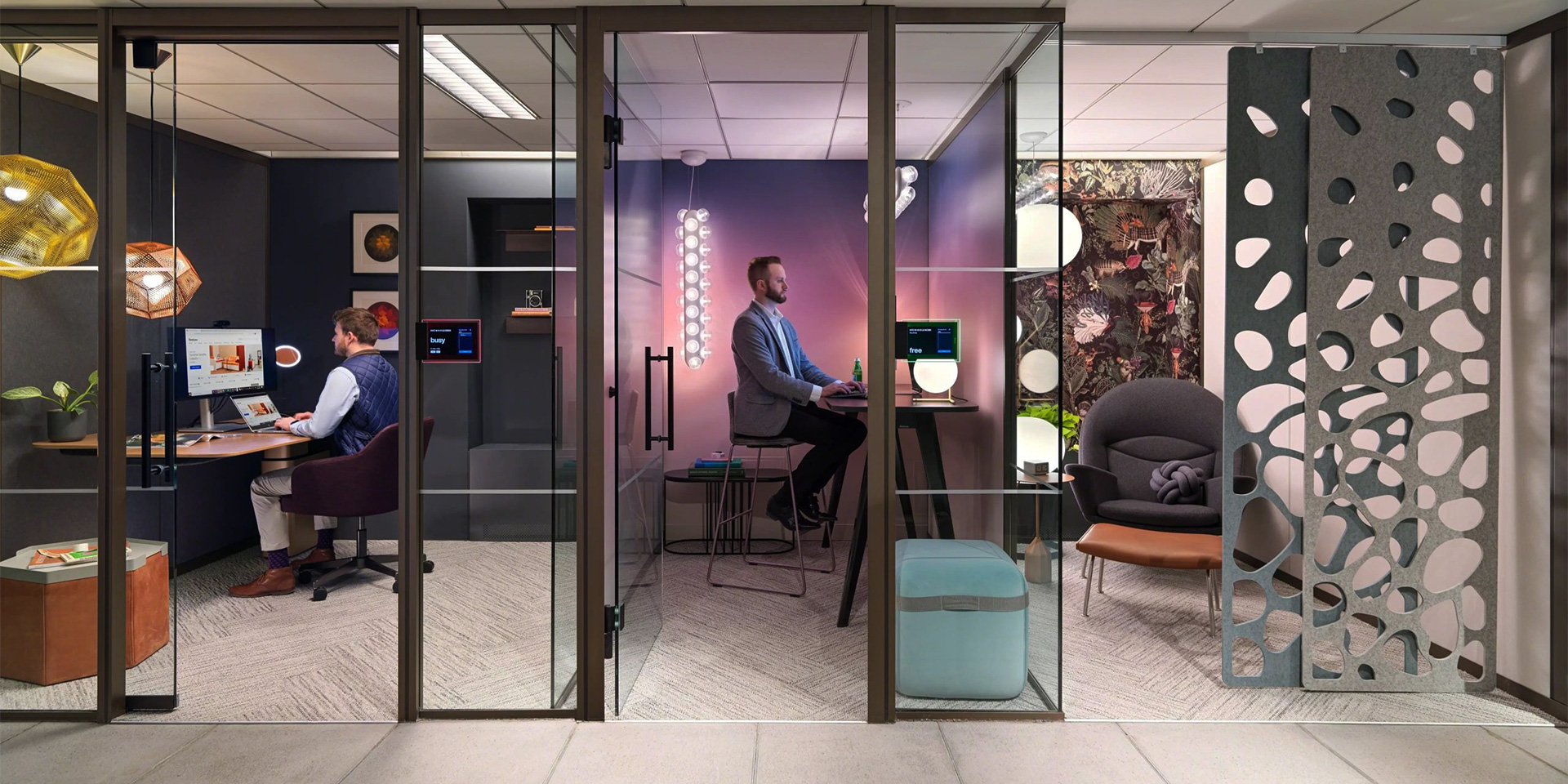
Who Are Some Notable Creative Professionals Blending Form And Function?
Ultimately, some notable creative professionals blending form and function include renowned architects like Frank Gehry and Zaha Hadid, who have mastered the art of merging aesthetics and practicality in their designs. Industrial designers, such as Jasper Morrison and Naoto Fukasawa, focus on user needs, ergonomics, and materials to create visually appealing and functional products, providing insights into mattress design. Fashion designers, like Coco Chanel and Ralph Lauren, excel in merging style and practicality in their clothing lines, offering inspiration for mattress manufacturers to create aesthetically pleasing and comfortable products. Graphic designers, such as Paula Scher and Saul Bass, balance form and function in their work, showcasing the importance of merging aesthetics and practicality in various fields, including mattress design. To enhance your sleep quality and overall well-being, replace your old, uncomfortable mattress with a new one that offers both style and functionality, ensuring a long-lasting and visually pleasing addition to your bedroom. When considering a new mattress, look for reputable brands that excel in combining form and function, ensuring a comfortable and functional addition to your living space.
Who Are Some Notable Architects Known For Blending Form And Function In Their Designs?
Some notable creative professionals blending form and function include renowned architects like Frank Gehry, Zaha Hadid, and Santiago Calatrava. These architects have gained international recognition for their innovative designs that seamlessly combine aesthetics and practicality. Gehry, for instance, is known for his deconstructivist approach, which results in unique, eye-catching structures like the Guggenheim Museum in Bilbao, Spain. Hadid, on the other hand, was celebrated for her fluid, futuristic designs, such as the London Aquatics Centre. Calatrava, famous for his awe-inspiring bridges and train stations, like the Milwaukee Art Museum and the Transit Hub at the World Trade Center, is another example of an architect who masterfully merges form and function.
Ultimately, these architects have not only redefined the boundaries of architectural design but also paved the way for future generations of creative professionals to continue pushing the limits of what is possible when it comes to blending form and function in their work.
How Do Industrial Designers Successfully Combine Aesthetics And Utility In Their Products?

Some notable creative professionals blending form and function are designers like Jasper Morrison, Naoto Fukasawa, and Philippe Starck. These designers focus on creating products that are not only visually appealing but also serve a practical purpose. They understand that a well-designed product should seamlessly combine aesthetics and utility.
Industrial designers successfully combine aesthetics and utility in their products by following a few key principles. First, they start with a deep understanding of the user’s needs and the environment in which the product will be used. This allows them to create designs that are both functional and visually pleasing. Second, they employ ergonomic principles to ensure that their products are comfortable and easy to use. This means considering factors such as size, weight, and grip when designing a product.
Another important aspect of blending form and function is using high-quality materials and innovative techniques. This not only ensures the product’s durability but also adds to its visual appeal. Furthermore, designers often incorporate smart features into their products, such as built-in storage or adjustable elements, to enhance their functionality.
Lastly, designers often collaborate with engineers and other professionals to refine their ideas and bring them to life. This interdisciplinary approach helps ensure that the final product is not only visually appealing but also highly functional.
In essence, successful industrial designers blend form and function by prioritizing user needs, employing ergonomic principles, using high-quality materials, incorporating smart features, and collaborating with other professionals.
What Are The Key Principles Of Ergonomic Design For Blending Comfort And Functionality?
Some notable creative professionals blending form and function include:
- Jasper Morrison: A British designer known for his minimalist and functional approach to design, Morrison’s work often combines aesthetics with practicality.
- Naoto Fukasawa: As the head of the industrial design department at MUJI, Fukasawa’s designs emphasize simplicity and ease of use, making everyday objects more enjoyable to use.
- Yves Béhar: A Swiss-born industrial designer, Béhar’s work spans various industries, including technology, home goods, and furniture. His designs often focus on merging form and function in a way that enhances the user experience.
- Ilse Crawford: A renowned British interior and product designer, Crawford is known for her focus on human-centered design. She creates spaces and objects that prioritize comfort, functionality, and well-being.
Key principles of ergonomic design for blending comfort and functionality include:
- Anthropometrics: Understanding the dimensions and proportions of the human body to create objects that fit comfortably and intuitively.
- Biomechanics: Considering the way our body moves and functions to design objects that reduce strain and support natural movements.
- Posture and body support: Ensuring objects provide proper support and alignment for the body to maintain good posture and avoid discomfort.
- Cognitive ergonomics: Designing objects that are easy to understand, learn, and use, minimizing the mental strain on the user.
- Environmental ergonomics: Creating spaces and objects that are efficient, safe, and comfortable within the user’s environment.
Ultimately, ergonomic design principles prioritize both the aesthetic appeal and functionality of an object, ensuring that it not only looks good but also serves its purpose comfortably and efficiently.
Can You Name Some Famous Fashion Designers Who Excel In Merging Style And Practicality?

Famous fashion designers who excel in merging style and practicality include:
- Coco Chanel: Known for her minimalist and practical designs, Chanel revolutionized women’s fashion by introducing practical elements such as the little black dress and the use of jersey fabric.
- Ralph Lauren: Renowned for his timeless and preppy designs, Lauren has consistently incorporated functionality into his collections, creating wardrobe staples that are both stylish and comfortable.
- Yves Saint Laurent: As a pioneer in modern fashion, YSL blended traditional haute couture with ready-to-wear clothing, making fashion more accessible and functional for the everyday woman.
- Donatella Versace: Continuing her brother’s legacy, Donatella Versace has maintained the brand’s signature style while incorporating innovative and practical elements into her designs.
- Stella McCartney: A staunch advocate for sustainability, McCartney’s designs are known for their eco-friendly materials and minimalist aesthetic, striking a perfect balance between form and function.
- Marc Jacobs: Jacobs has consistently pushed the boundaries of fashion while ensuring his designs are both stylish and practical for the modern woman.
- Tom Ford: As a master of tailored suits and elegant evening wear, Ford has expertly blended form and function, creating garments that are both stylish and comfortable.
Ultimately, these designers have successfully merged style and practicality in their collections, making them stand out as some of the most notable creative professionals in the fashion industry.
Who Are Some Noteworthy Graphic Designers That Effectively Balance Form And Function In Their Work?
Some notable creative professionals who blend form and function in their work are:
- Paula Scher – A renowned graphic designer, Scher is known for her ability to create visually striking designs that are also highly functional. She has worked with clients such as the Museum of Modern Art and the New York Times.
- Saul Bass – As a graphic designer and filmmaker, Bass was famous for his innovative title sequences and corporate logos. His work for companies like AT&T and United Airlines showcases his ability to balance form and function.
- Milton Glaser – Glaser is a legendary graphic designer responsible for iconic works such as the “I ❤ NY” logo. His work is characterized by its simplicity and functionality, while still being visually appealing.
- Massimo Vignelli – Vignelli was an Italian-American graphic designer known for his minimalist and functional approach to design. He designed the iconic New York City subway map and the American Airlines logo, among other notable works.
- Stefan Sagmeister – Sagmeister is an Austrian-American graphic designer whose work is known for its creativity and innovation. He has designed album covers for musicians like The Rolling Stones and Aerosmith, and his work often incorporates both form and function.
These designers have all successfully combined form and function in their work, creating visually appealing and highly functional designs. Their work serves as an inspiration for other creative professionals to achieve a similar balance in their projects.
You May Also Like

What Are Some Tips For Adding Artistic Flair To Practical Items In The Home?
November 26, 2023
What Is The Role Of Aesthetics In Creating Inspiring Living Spaces?
February 5, 2024